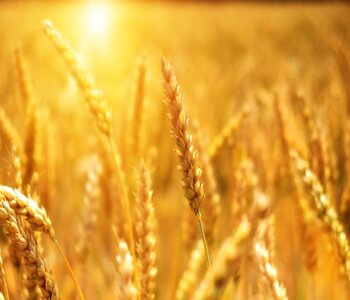
Even though Laval is located at the very center of the metropolitan area of Montreal, a third of its territory remains in agricultural zone. Therefore it is still as of today an important business sector that vastly occupies Laval’s landscape, from growing flowers to vegetable cropping, as well as livestock farming and maple syrup production.
In these times of trade globalization and climate change, this diversity allows the population of Laval to have access to local and quality foods, all while reducing its ecological footprint. Moreover, more than 50 farm operators also hold a booth, either directly on their land or in public markets, thus avoiding intermediaries between producer and consumer, while strengthening the local social fabric.
While its surface has been steady since 1990, for a total of 7000 hectares, croplands surface has had a 7.1?% drop between 2004 and 2010, reaching 3133 hectares in 2010. This means that less than a half of agricultural areas are exploited for production, but what about the other half?
Agricultural areas are not one homogenous block ; they actually form a great patchwork of watercourses, wetlands, woodlands, bare lands, wastelands and small urbanized zones. In fact, close to 1600 hectares are natural areas and about 1000 others were old cultures now left as wastelands. Even though agricultural activities often have a severe impact on the environment, this ecosystems allows the maintenance of water quality and quantity, notbaly through the filtration of sediments, water retention and the recharge of groundwater. The Urban streams of Laval project, that CRE de Laval conducted between 2013 and 2016, allowed to determine that Gascon stream, that flows in the agricultural zone of the St. François neighbourhood, is one of the streams that has the best water quality in Laval.
For CRE de Laval, good agricultural practices and balanced land use planning are of the greatest importance for the conservation of water resources, and more specifically for maintaining water quality of our two big rivers that serve as drinking water supplies to a million of people living in municipalities nearby. Agricultural lands, which often connect many essential ecological zones, also serve as dispersion corridors for fauna and flora.
Despite its importance and the fact that it is known as being ‘’permanent’’, the agricultural zone suffers the pressures coming from property speculation. Entire territories therefore don’t belong to farmers anymore, but rather to promoters or small landowners wishing to see the affectation of their properties change in order to raise buildings on them.
In order to address these multiple pressure sources, many tools have allowed these past few years to sustain the protection of the agricultural territory. For instance, the Montreal Metropolitan Community and the City of Laval identified in their land use plans some zones called ‘’Woodlands of metropolitan interest’’ and ‘’Woodlands of municipal interest’’ ; regulations apply on them that will prevent development. Also, the identification of TOD areas and structural lands to build on in the Revised regional land use and development plan of the City of Laval will allow the tracking of future developments outside the agricultural zone.
Another great challenge awaits farm operators : the conversion to organic farming. Indeed, it is becoming more and more popular in Quebec ; in 2010, there were only two organic farm operators in Laval.
For more details, check out the Plan de développement de la Zone agricole (PDZA) de la Ville de Laval (in French only).



